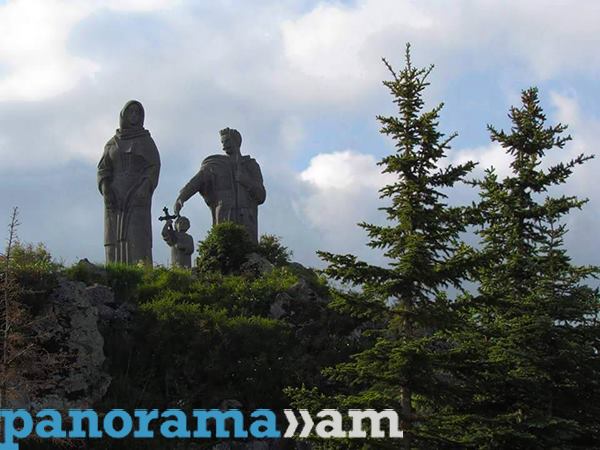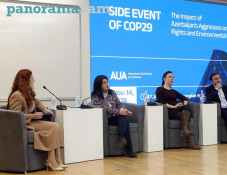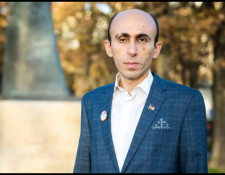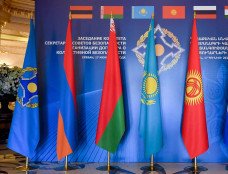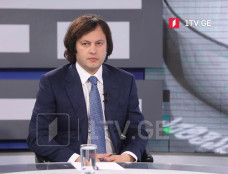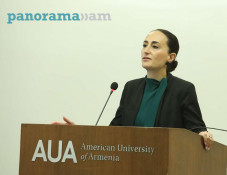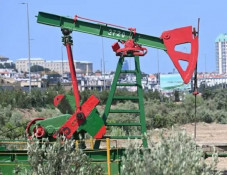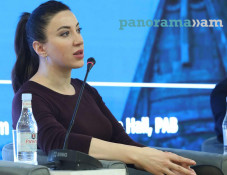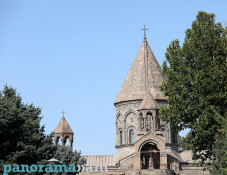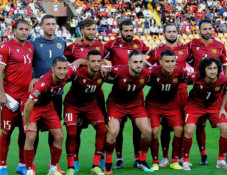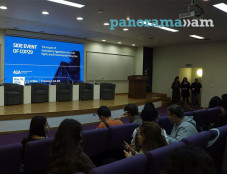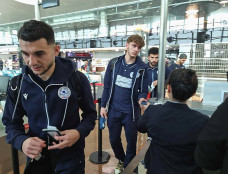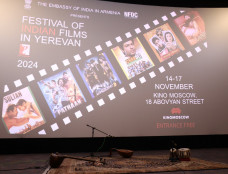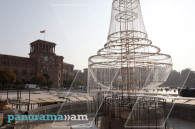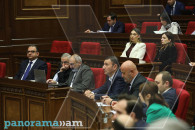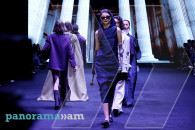
The story of a monument: ‘Cross and Sword” (photos)
An online search will not provide a photo and information on the group of monuments set on the shore of Lake Sevan, in Tsovazard community of Armenia’s Gegharkunik province, when the visitor cannot but admire those monuments.

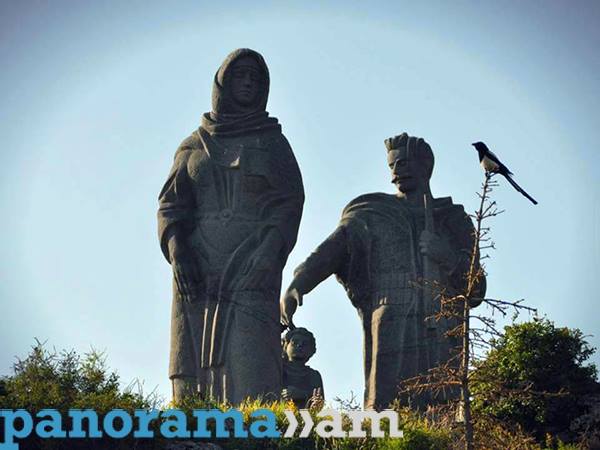
Village administrator Aram Katvalyan could not remember when the monument was set up – in 1994 or 1995. He just recalled that the monument was created with the financial support of former village resident Paylak Hayrapetyan. The author is sculptor Levon Tokmajyan, academician of the International Academy of Arts, People’s Painter of Armenia, who was twice honored with prizes of international competitions of sculptors.
During an interview with Panorama.am, the sculptor could not at first remember the monument, but on recalling it he was overcome by emotions: “Where did you see it? Do you know what efforts it required – it was an enormous series composed of two parts?”
Then he attempted to remember the original name of Tsovazard village where he along with architect Zhirayr Petrosyan and other sculptors spent a lot of time. He finally remembered its name – Mukhan, but he forgot the year when the monument was set.
The sculptor said that one day businessman Paylak Hayrapetyan gave him a bag full of money. “I asked Paylak why did he give me so much money. It turned out that he was informed that new bills were being out into circulation. Millions turned into several hundred drams – it was probably 1990”.
.jpg)
The active residents of the village took part in discussions of the sketch. He along with architect Zhirayr Petrosyan spent 6 years making the monument.
Carving the monuments out of basalt extracted in Tsovazard was not easy, the sculptor said. They had to spend months on Sevan’s shore, in a room of a dilapidated house, while locals would not leave them alone as they were eager to invite them to their homes and treat them to meals.
“They were wonderful people, very enthusiastic. I called the monument “Cross and Sword”. The late Aramayis Sahakyan wrote a poem about this group of monuments. A mother who lost her son is seen in the foreground – a patriarchal Armenian woman with a scarf around her head, and in the background there a father with a sword in his hand as he handed the cross to his son. It means that when the situation changes, the faith – the cross becomes a sword as a weapon of self-defense. The father and son are not real, but the result of imagination of a woman who lost her husband and son in the Karabakh war and now proudly stands on the shore. The father tells his son: “Son, let this cross become holy relics, and you must use them in extreme cases, to defend yourself. This is the whole idea”.
The statues of the woman and the man are 5 meters, the child holding the cross is 3 meters high. The sculptor says he reflected long how to use the hill so that the monument could be visible from all directions. “We held a patriotic festival in this area in May, ships with flags came from Sevan”.
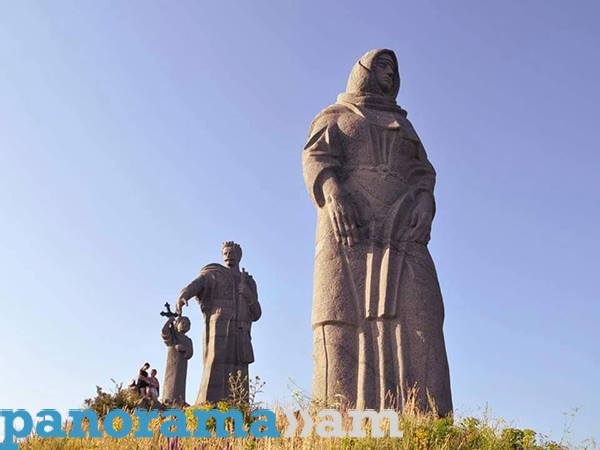

.jpg)
Photos by Anahit Samsonyan
Newsfeed
Videos





